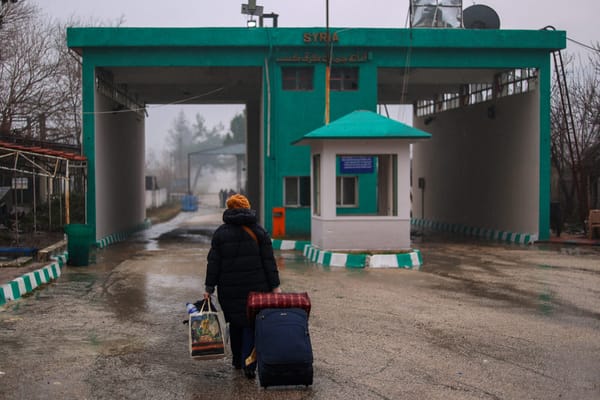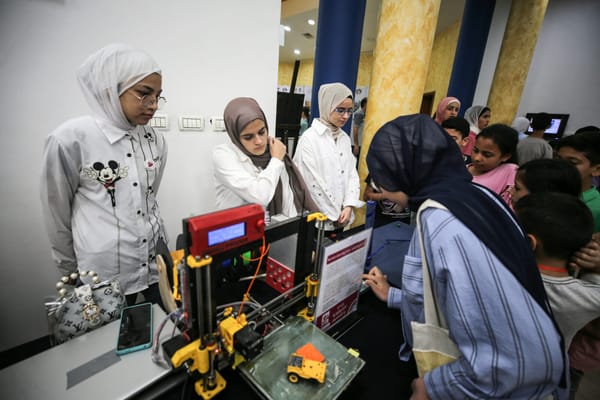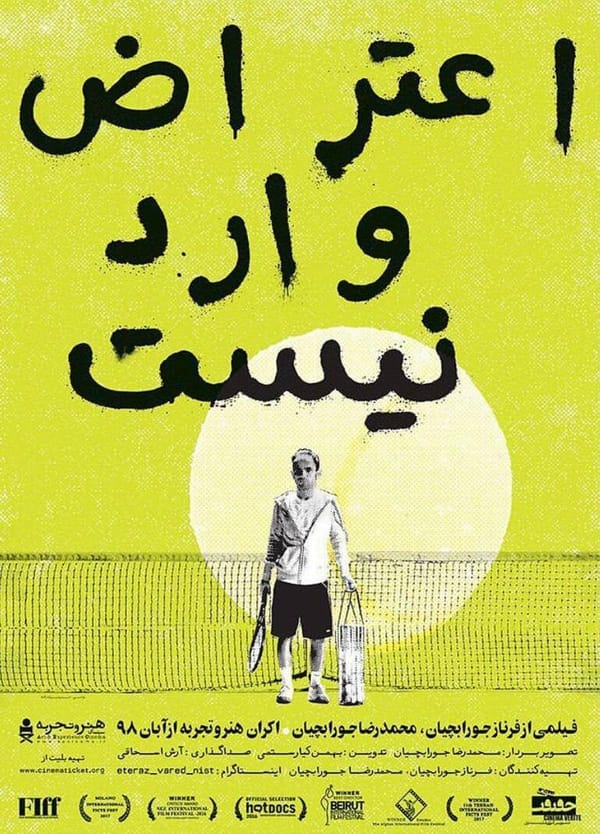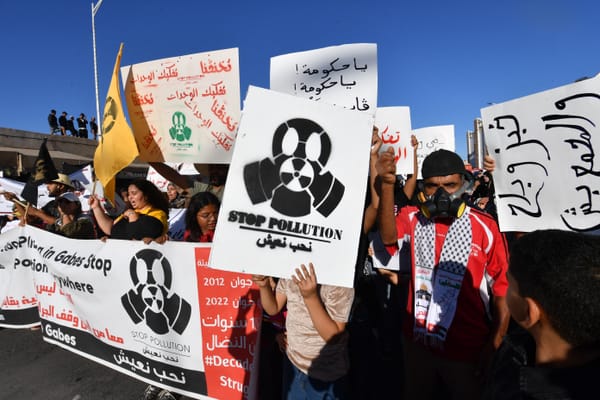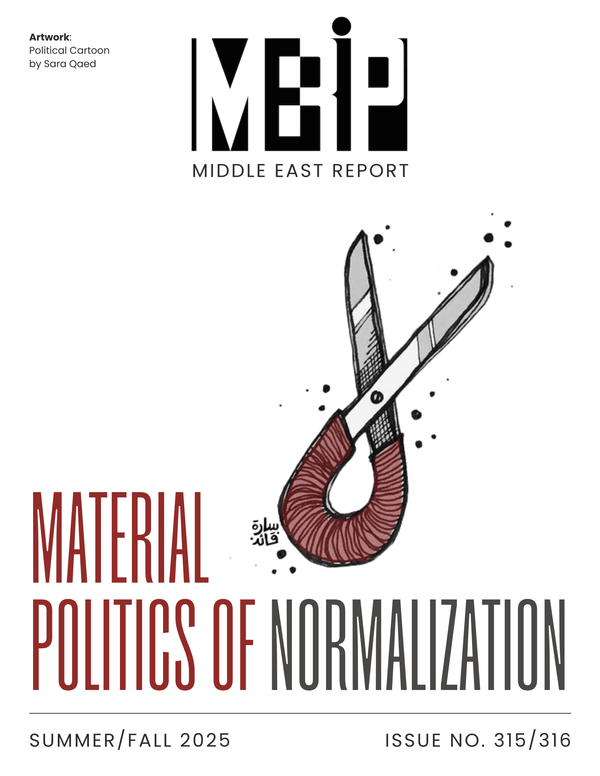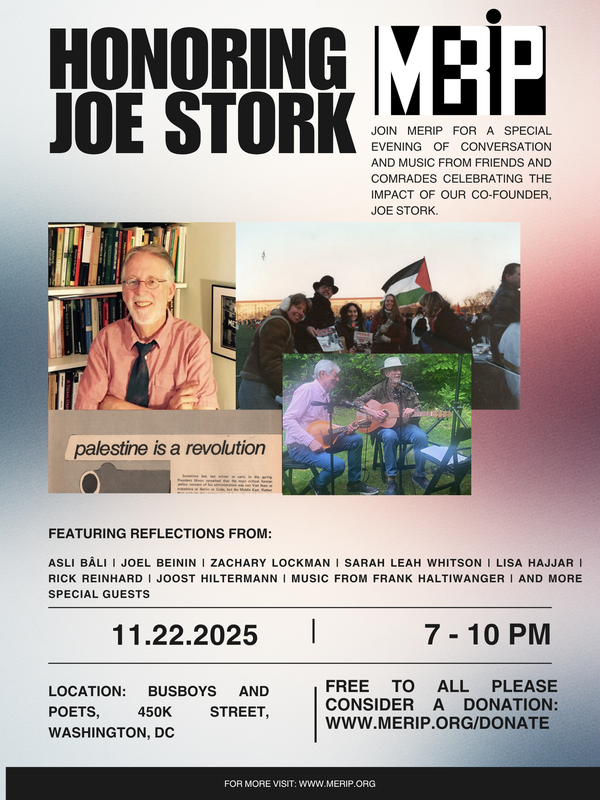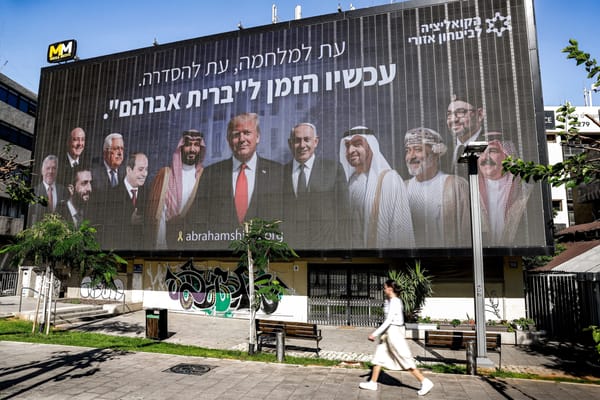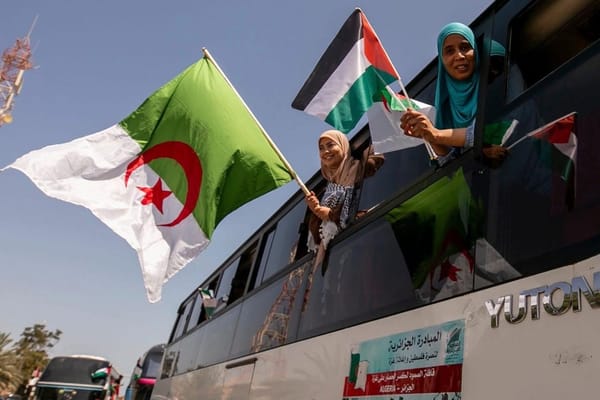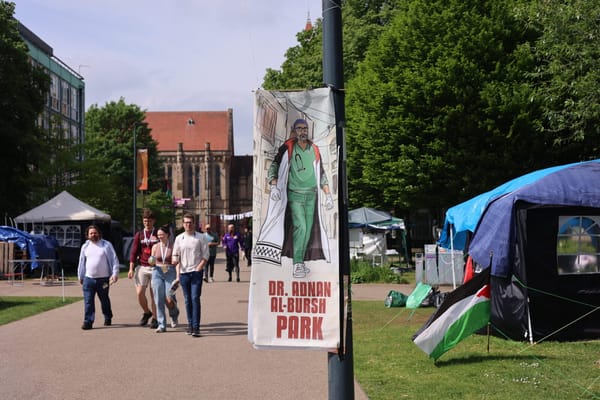Fawaz, Merchants and Migrants in Nineteenth-Century Beirut
Leila Tarazi Fawaz, Merchants and Migrants in Nineteenth-Century Beirut (Cambridge, MA: Harvard University Press, 1983).

Leila Tarazi Fawaz, Merchants and Migrants in Nineteenth-Century Beirut (Cambridge, MA: Harvard University Press, 1983).
Merchants and Migrants in Nineteenth-Century Beirut presents a fascinating examination of changing socioeconomic relationships in Beirut (and the surrounding Levant) under the impact of nineteenth-century European capitalist expansion. Leila Fawaz demonstrates the significance of local and regional changes in the eastern Mediterranean which endowed Beirut with a degree of security and accessibility not found in neighboring areas and opened that area of the Ottoman Empire to European economic and commercial interests. With this thesis, the author carefully plots the growth of Beirut from a provincial seacoast town of about 6,000 inhabitants to a cosmopolitan commercial, political and cultural center in a period of less than one hundred years.
Merchants and Migrants is a very readable, well-organized and impressively researched work in the genre of studies examining the impact of European nineteenth-century expansion on Asian and African societies. Fawaz analyzes political and socioeconomic relations, sensibly organized in categories dealing with changes in the population, the developing local mercantile-financial bourgeoisie, the role of foreign entrepreneurs and, finally, a very important and timely chapter on sectarian relations. How did Beirut, some noted for its religious tolerance, and a society in which both Christians and Muslims “shared a way of life” before the nineteenth century, evolve into a city that today symbolizes sectarian intolerance and warfare? Fawaz convincingly concludes that the socioeconomic dislocations brought about by European economic, cultural and political penetration resulted in the disruption of the traditional sectarian balance. This shift favored Christians and Jews at the expense of the Muslims, who would no longer enjoy the advantages of adhering to the state religion.
Merchants and Migrants is essential for anyone researching nineteenth- and twentieth-century Lebanon. Fawaz provides a framework of major trends in nineteenth-century Beirut and supplies copious evidence in both official and private documents, interesting secondary material and interviews with some of Beirut’s more notable personages. She writes lucidly and concisely, and has produced a book not only for specialists but also for those who would simply like to make a bit more sense out of daily newspaper headlines by comprehending some of the underlying historical changes and tensions that have enveloped the whole Levant region.
